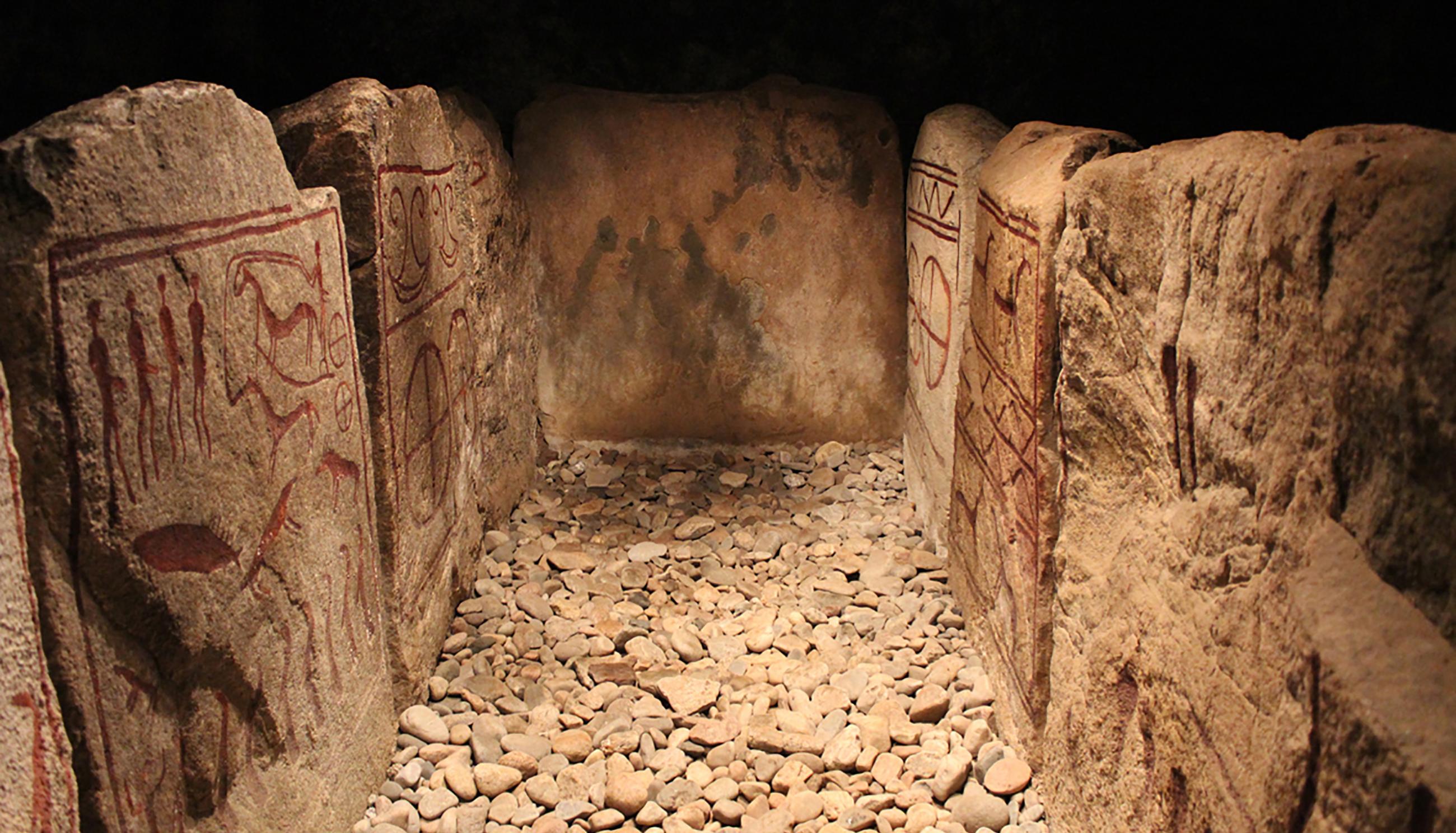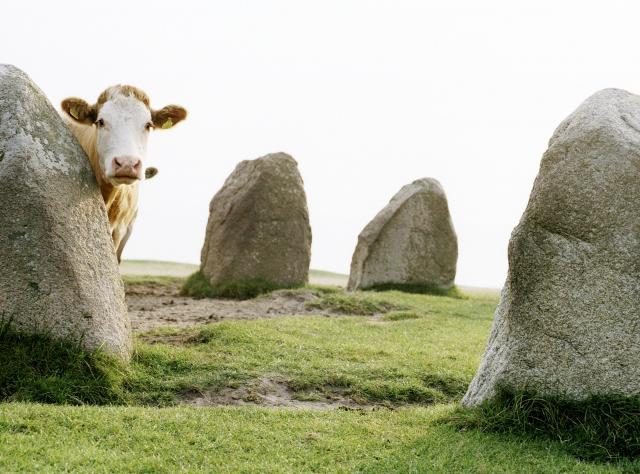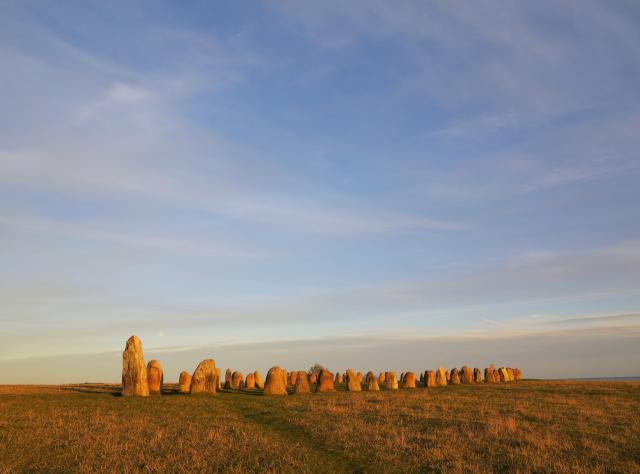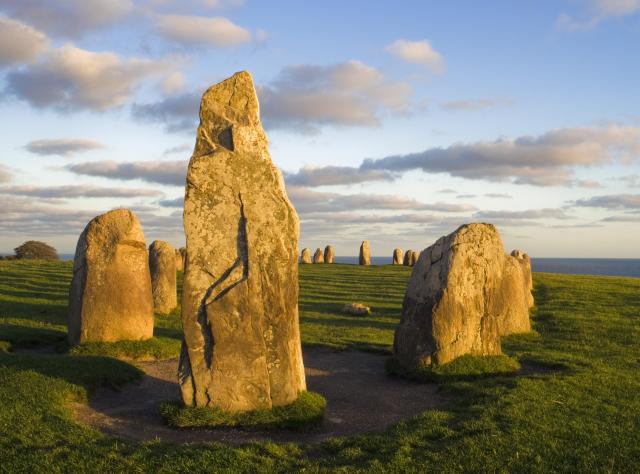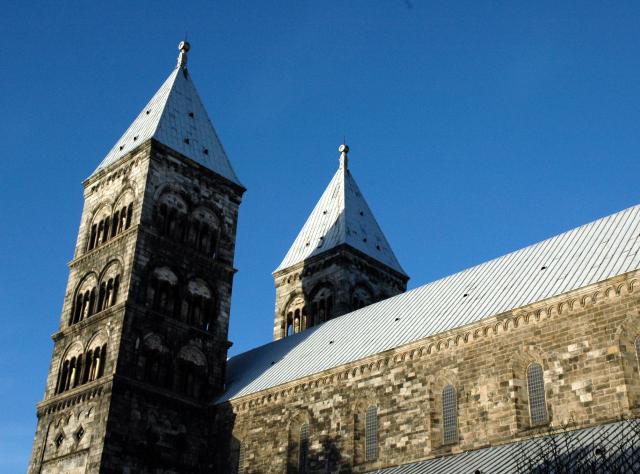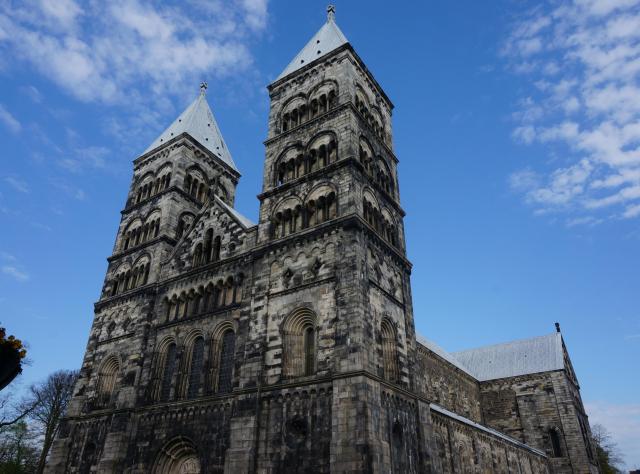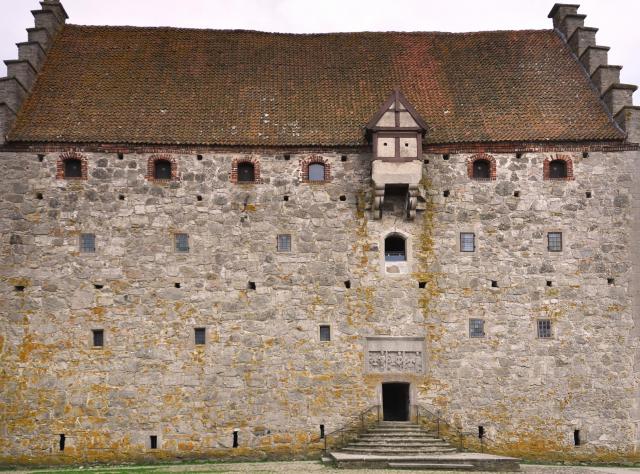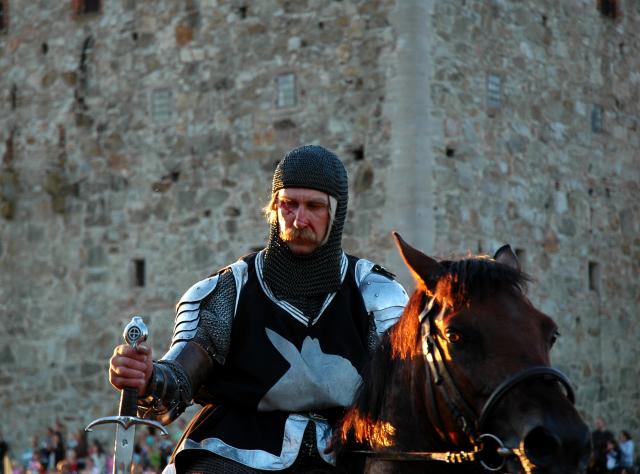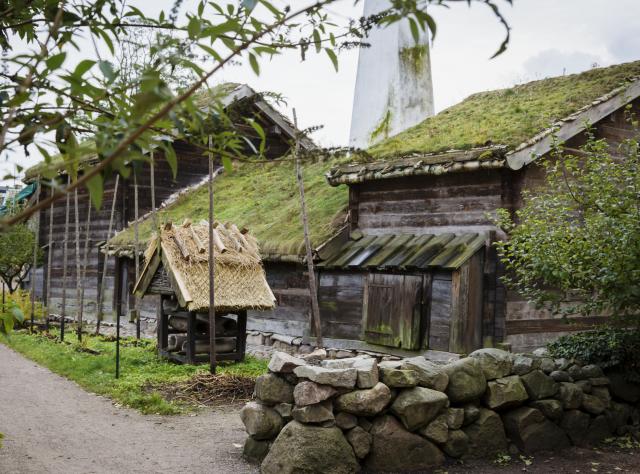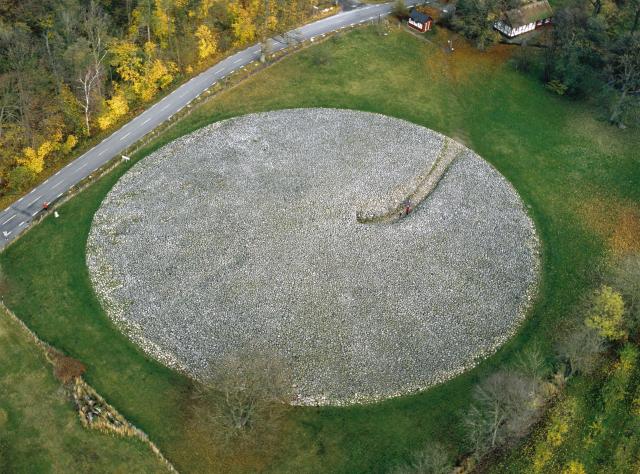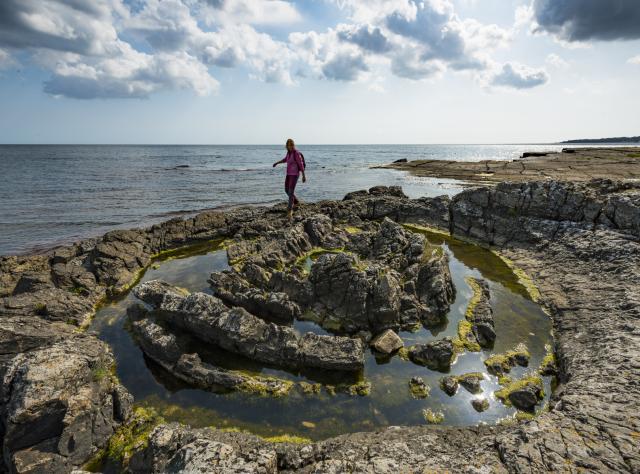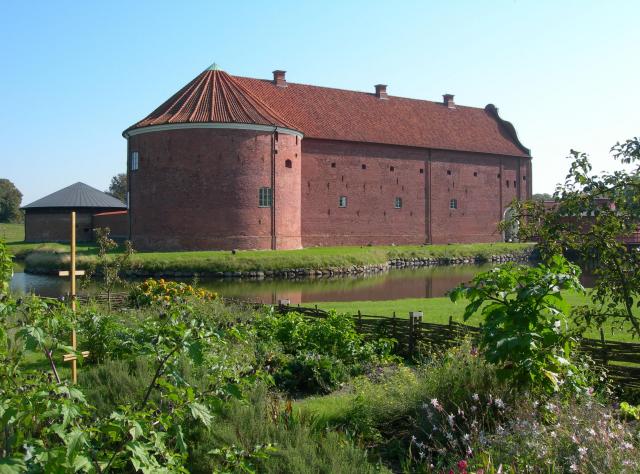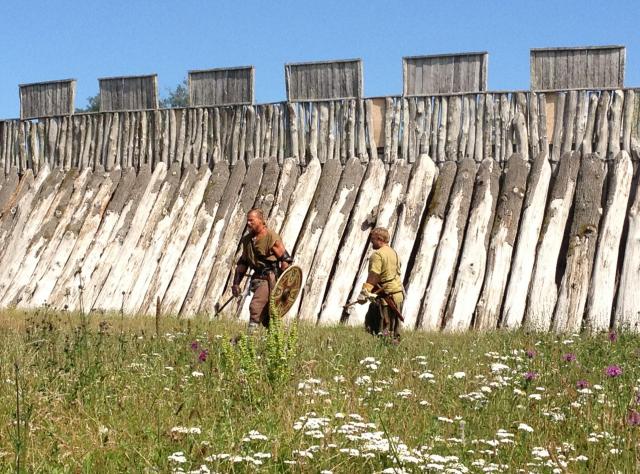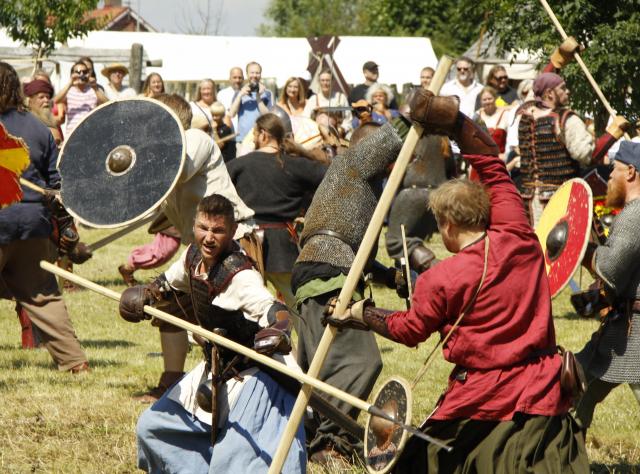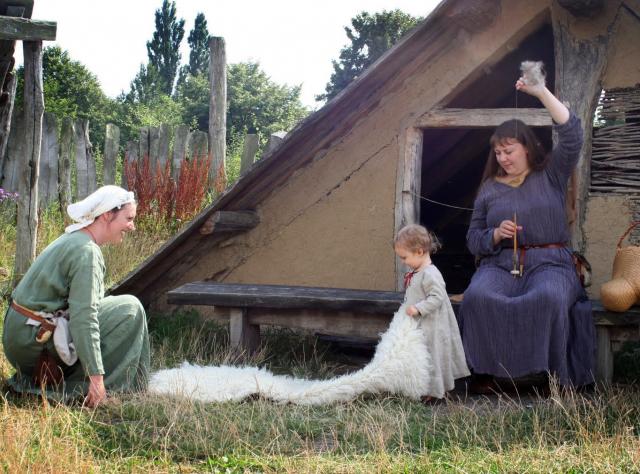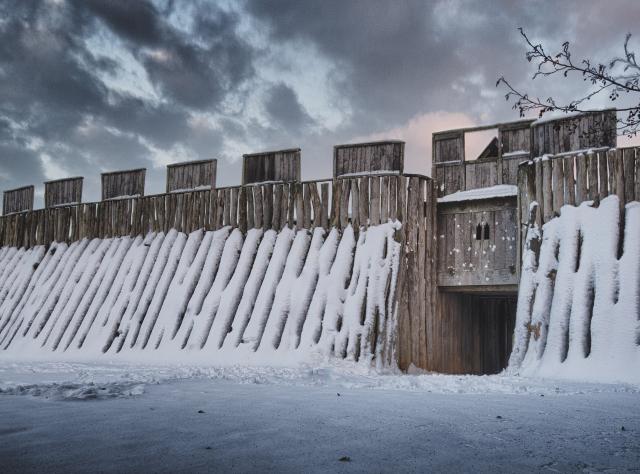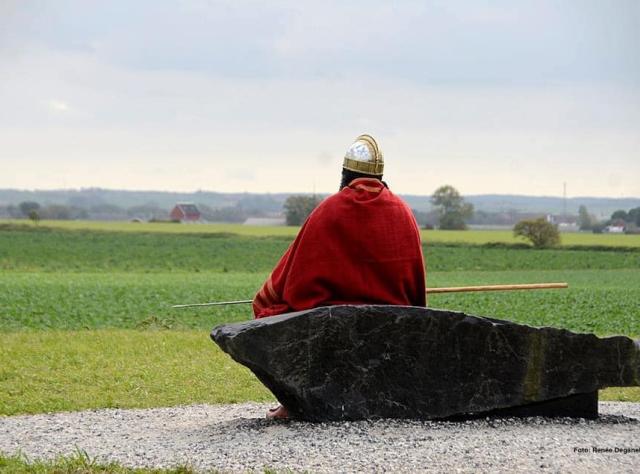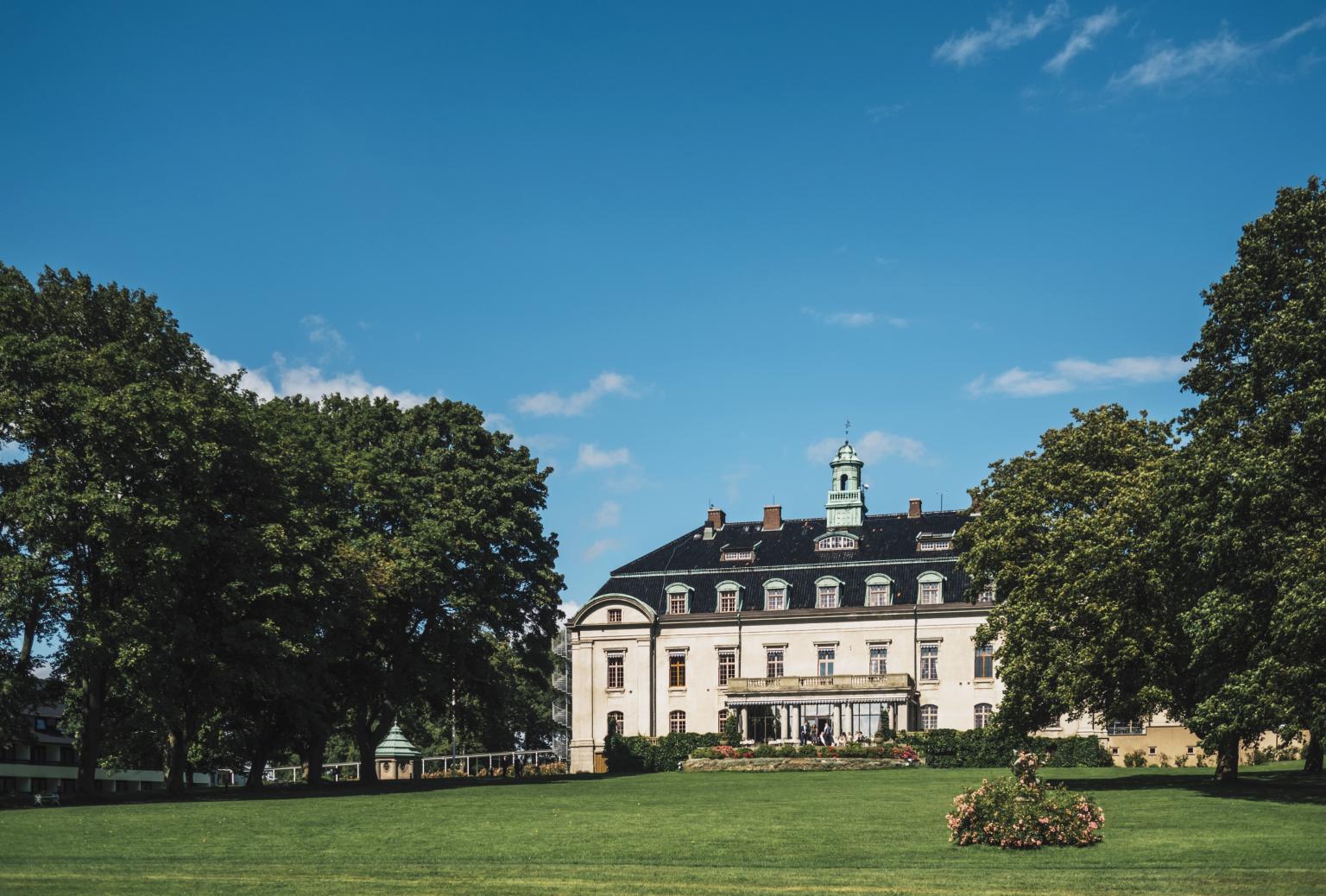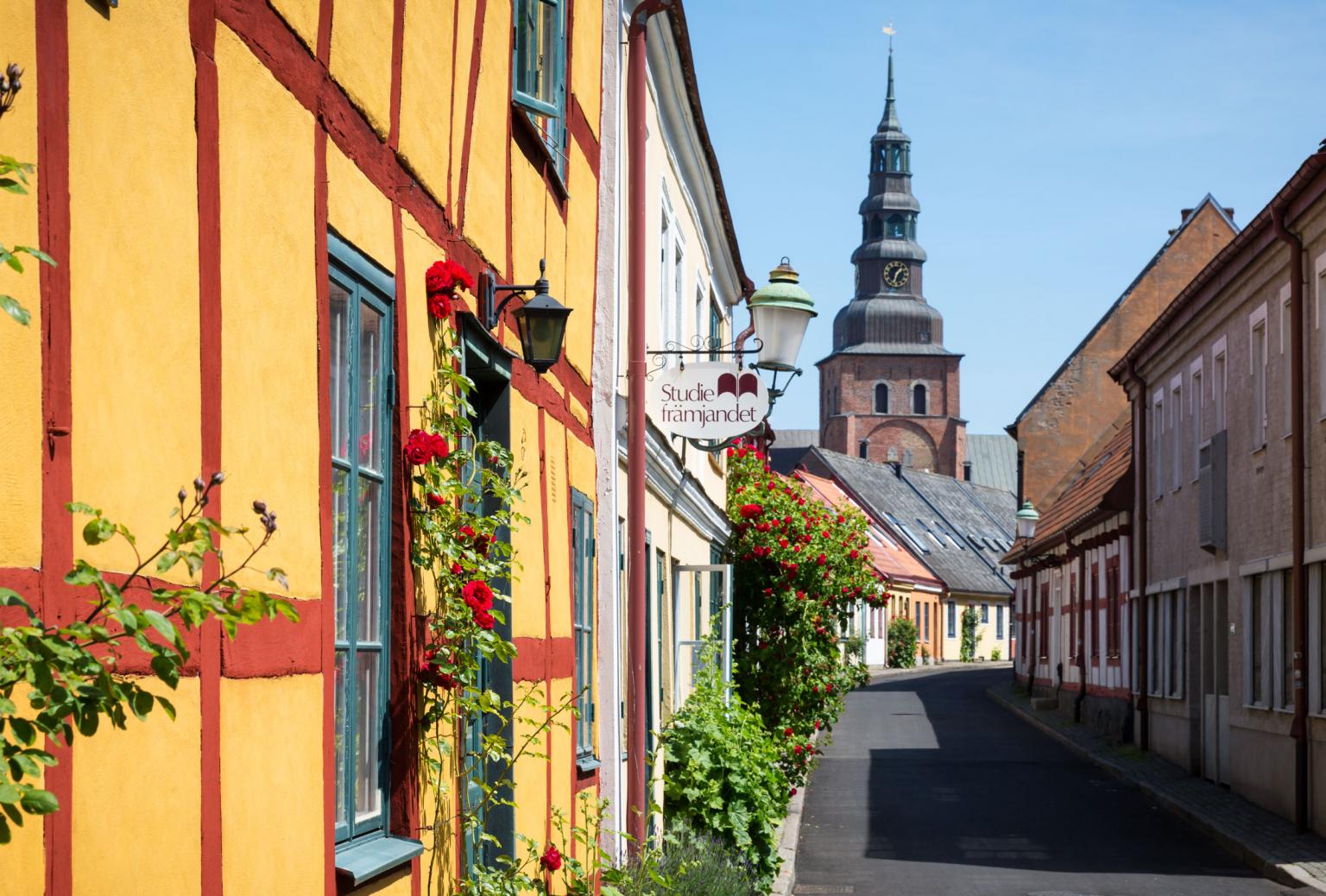Historic sights and monuments in Skåne
Skåne, the southern-most region in Sweden, has a fascinating history with archaeological finds dating back 80 million years.
The area has a rich cultural and agricultural heritage, and many castles and mansions from the time when Skåne was part of Denmark. Around 150 of them are still occupied and some of them open to the public.
The most popular historical and archaeological tourist attractions are listed here.
Ale's Stones
Ale's Stones
Built somewhere in the early Iron Age, between 500-1,000 AD, “Sweden’s Stonehenge” consists of 59 massive boulders arranged in the 67 metre-long outline of a ship. Ale’s Stones are located on the ridge above the fishing village of Kåseberga. Scholars can’t agree whether it’s a grave monument, astronomical clock or resting place of the mythical King Ale. Tip. End your visit to Ale’s Stones at Kåseberga harbour and taste the local herring from one of the smoke houses.
Read more on Ale's stones' website Read moreLund cathedral
Lund cathedral
Lund Cathedral is an imposing Roman cathedral building with twin spires that tower above the roofs of central Lund. It is one of the most visited sites in Skåne. Join over 700,000 visitors and 85,000 worshippers each year who come to see the altar that dates back to 1398. One of the main attractions is the Astrological Clock built around AD 1380. Two knights mark the hours on top of the clock. The upper board of the clock is the astronomical clock. It shows the different phases of the Moon and where the Sun sets.
Read more on Lund Cathedral's website Read moreGlimmingehus Castle
Glimmingehus Castle
Glimmingehus is a stately fortress dating back to 1499 and is the best-preserved medieval manor in all of Scandinavia. A visit here will give you fascinating insights in how life in the middle was like. Built to be used in battle, the castle features a lot of unique defence elements, like gaps where hot tar could be poured over intruders, drawbridges, trenches and other deadly traps. Even the staff takes ambitious part in making history come alive so join one of the guided tours or simply explore the castle for yourself.
Read more on Glimmingehus' website Read moreKulturen in Lund
Kulturen in Lund
Kulturen in Lund is one of the world’s best open-air museums comprising two blocks of historical buildings and gardens. The houses are surrounded by cobblestone streets and beautiful gardens. Kulturen is built according to the pavilion system that inspired different world exhibitions of the nineteenth century. There are up to twenty different exhibitions, highlighting everything from art, design, culture and history, and temporary exhibitions especially for children.
Read more on Kulturen in Lund's website Read moreBredarör in Kivik
Bredarör in Kivik
Few burial monuments in Scandinavia have been as well studied as this Bronze Age cairn. Dated from 1600 BC, the site measures 75 meters in diameter, making it the largest mound of its type in Sweden. A central stone chamber was found in 1748, containing a cist formed of 10 engraved upright stone slabs. The engravings are among the most notable works of art from the Bronze Age and a number of images are unique in Scandinavian rock carving traditions, making Bredarör one of the most remarkable archaeological monuments in Sweden.
Read more on Bredarör's website Read morePrästens badkar (The priest’s bath)
Prästens badkar (The priest’s bath)
This unique, flower-like rock formation south of Vik's harbour was probably formed as a sand volcano on the seabed around 500 million years ago. The formation got its name as it is thought a priest used the formation as a bath. Watch the sunset over the rocks on a summer evening, or enjoy swimming in and out of them. But don’t dive unless you really know the area as the rocks are dangerous. The sandstone around the bathtub is extremely rich in trace fossils.
Landskrona Citadel
Landskrona Citadel
The Citadel is one of the Nordic region’s best-preserved 16th century fortresses and was built sometime between 1549-1559 by the Danish King Christian III as a defence fortification. During the 19th century the Citadel was used as a prison, first for prisoners of war and subsequently for life-term prisoners and women prisoners. Today, the citadel is a recreation area here a museum, exhibitions, a craft shop and a café. Guided tours are given in the summers, and at other times by prior arrangement.
Read more on Landskrona Citadel's website Read moreTrelleborgen Viking fort
Trelleborgen Viking fort
The remnants of an old Viking castle – a so called “trelleborg” – were found in the town of Trelleborg in 1988. A trelleborg was the general term for the typical Viking Age ring fortresses built with so-called "trellers", the skewed cloven logs that support the structure. Today, parts of the fort have been recreated. The on-site museum has a Viking exhibition and there is a small museum shop and café.
Read more on Trelleborgen's website Read moreUppåkra Archaeological Center
Uppåkra Archaeological Center
Full of longhouses, workshops, ovens and storerooms that covered at least 44 hectares, Uppåkra was a centre of power during the Iron Age. The settlement dates back some 4,000 years – something archaeologists have dated from arrowheads, axes, scissors, scrapers and chisels. Join a guided tour or discover the area on your own. Explore the underground excavation shaft at Uppåkra Archaeological Centre.
Read more on Uppåkra Archaeological Center's website Read more